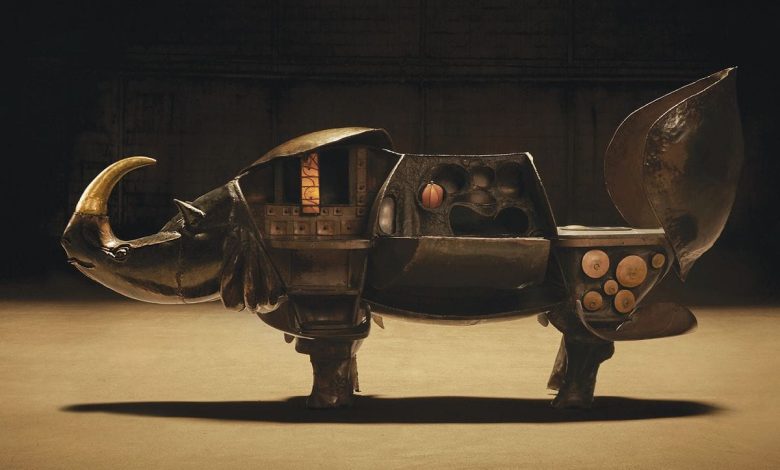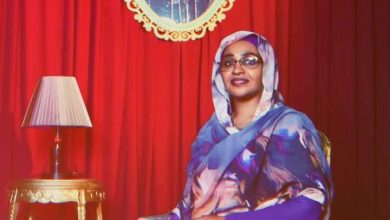Why Les Lalanne are in high demand

Agencies – Sudan Events
Buyers are flocking to nature-inspired works by the French artists François-Xavier and Claude Lalanne.
The market for Les Lalanne, the French husband-and-wife duo known for their whimsical, surreal sculptures of animals and plants, has never been stronger. While the record-setting €18.3m sale of a historic work at Christie’s Paris on 20 October reflects the vital link between the artists and their native France, insiders say the demand for their output is global. “The Lalanne market knows no borders. It really is collected by every community and culture,” says Edith Dicconson, the executive director of New York’s Kasmin gallery, which has represented François-Xavier (1927-2008) and Claude (1925-2019) Lalanne in the US since 2007.
The piece sold at Christie’s, Rhinocrétaire I (1964), is a brass rhinoceros housing a desk, safe, bar and wine storage in hidden compartments. It was the first sculpture François-Xavier is known to have created after retiring from painting in 1963. He had participated in just one exhibition, in Paris in 1953, before turning his back on the medium. He told Vogue magazine in 1966 that “painting is done for”.
At his lone painting show, however, François-Xavier met Claude, the daughter of a gold broker and a musician, who would become his partner in art and life. Rhinocrétaire I was included in Zoophites, the duo’s first joint exhibition, held at Galerie J. in Paris in 1964.
“This is the manifest of François-Xavier Lalanne, and it’s crazy to see such a first work being so important within his career,” says Agathe de Bazin, head of design sales for Christie’s in Paris.
In 1966, Greek-American dealer Alexander Iolas showed François-Xavier and Claude alongside Surrealists like Max Ernst and René Magritte in an exhibition that helped put Les Lalanne “on the map”, Dicconson says. It also helped contextualise their sculptures. Although the works could be (and often still are) misconstrued as intellectually lightweight, they were informed by the “Surrealist idea of the radical juxtaposition, the opposite of form follows function”, says Nick Olney, the president of Kasmin.
“It’s having something that looks like a rhinoceros but then unfolds and becomes all of these other amazing things in a bar. You get this sort of cognitive dissonance but also joy when you start to experience them,” he adds.



